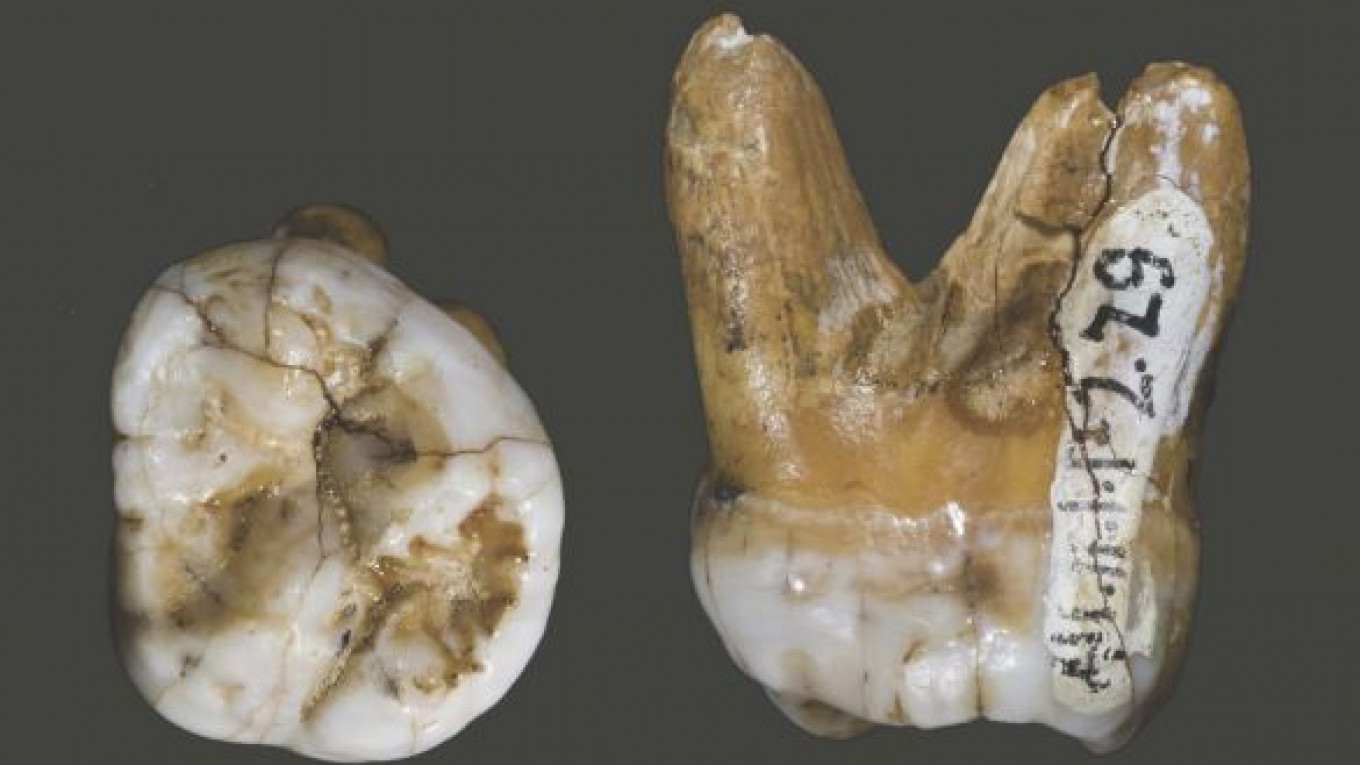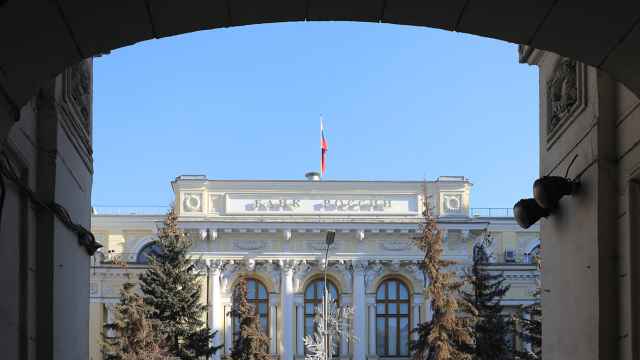WASHINGTON — DNA from an ancient pre-human girl found in Siberia shows that she was likely an eastern relative of Neanderthals and, like them, her species interbred with early modern humans.
The species, dubbed Denisovans, lived 30,000 years ago and contributed a significant chunk of DNA to modern Melanesians living on Pacific islands, researchers reported in Thursday's issue of the journal Nature.
In March, the same team reported the discovery of the previously unknown species of pre-human, using DNA pulled from an ancient finger bone found in a cave.
The team, led by David Reich of Harvard Medical School in Boston and Svante Paabo of the Max Planck Institute for Evolutionary Anthropology in Leipzig, Germany, have analyzed more DNA from the early human — a 5- to 10-year-old girl.
"The picture that emerges from analysis of the nuclear genome is one where the Denisova population is a sister group to Neanderthals," they wrote.
The team compared the Denisova DNA with the genetic code from 38 present-day humans from 53 populations. More than 5 percent of the DNA of two ethnic Melanesians matched the sequences from the Denisova girl, they found.
"They are ancestors of people in Papua New Guinea, but not of the great majority of people in Eurasia," Reich, a geneticist, said in a statement.
This paints a picture of early ancestors of some Pacific islanders passing through Asia and dallying with the Denisovans.
Modern Melanesians live on the islands of New Guinea, Vanuatu, New Caledonia, the Solomon Islands and some smaller neighboring islands. They are genetically distinct from Polynesians.
In May, a team led by Paabo said they had genetic evidence that Neanderthals and modern humans interbred, probably when early humans first began to migrate out of Africa.
The team also analyzed a tooth discovered in the same Siberian cave and found it matched the DNA from the finger bone. The Denisova molar is much bigger than the large back teeth in modern humans and shaped more like an earlier pre-human's tooth.
"We hope that these results will spur archaeologists and paleontologists to study sites occupied by Denisovans," Reich said. "All we have now is a finger bone, a tooth and a genome."
Scientists have for years speculated that several different species of humans lived side-by-side at various times over the past 1 million years. But many would have lived in tropical zones where bones are not easily preserved.
Thursday's report adds to evidence that there may have been modern-looking species that have yet to be discovered.
"Analyses of ancient and modern DNA will help us to better understand our own creation myths, and illuminate the details of the molecular shadows in the cave," geneticists Carlos Bustamante and Brenna Henn at Stanford University in California wrote in a commentary.
A Message from The Moscow Times:
Dear readers,
We are facing unprecedented challenges. Russia's Prosecutor General's Office has designated The Moscow Times as an "undesirable" organization, criminalizing our work and putting our staff at risk of prosecution. This follows our earlier unjust labeling as a "foreign agent."
These actions are direct attempts to silence independent journalism in Russia. The authorities claim our work "discredits the decisions of the Russian leadership." We see things differently: we strive to provide accurate, unbiased reporting on Russia.
We, the journalists of The Moscow Times, refuse to be silenced. But to continue our work, we need your help.
Your support, no matter how small, makes a world of difference. If you can, please support us monthly starting from just $2. It's quick to set up, and every contribution makes a significant impact.
By supporting The Moscow Times, you're defending open, independent journalism in the face of repression. Thank you for standing with us.
Remind me later.






